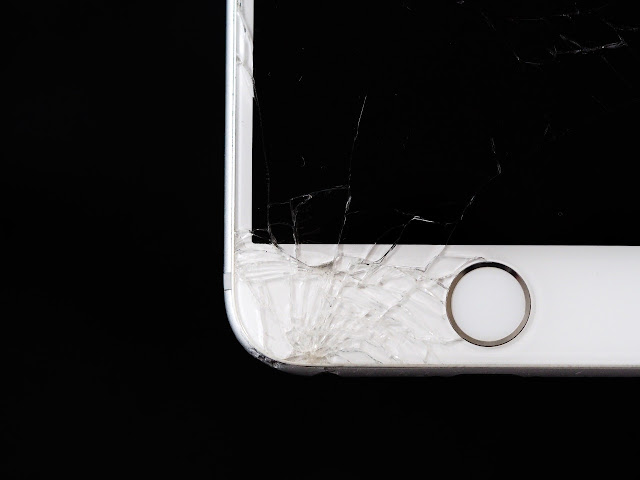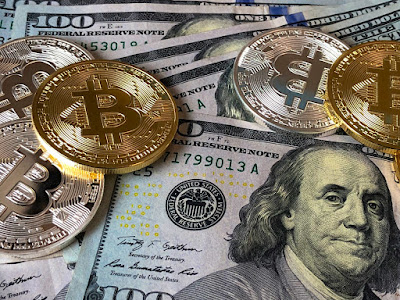How to Jailbreak iPhone 7 (iOS 13.5.1) using Ubuntu Linux and checkra1n
Creating a bootable flash drive
Steps:
-
Download Ubuntu ISOs from [https://ubuntu.com/download/desktop]. I used
Ubuntu 20.10.
- Download Rufus [https://rufus.ie/].
- Set it up! I didn't put any persistence in, but you can, depending if you do this a lot.
Boot up:
I use an MSI GS-65 Stealth, which is a classic beauty, and so I spam F11 as soon as the MSI logo comes up. And then choose the flash drive to boot from. If this doesn't work for you, you may want to change the boot order of your device. For me it's spamming Del as soon as the MSI logo comes up.
You don't have to install Ubuntu. Click on "Try Ubuntu", we're trying to
save some sweet time.
Flex your terminal skillz:
Hurray, fire up the terminal (pressCtrl + Alt + T). And let's follow these steps by Reddit user
u/xdhelicopterthe link to the original article can be accessed here.
echo "deb https://assets.checkra.in/debian /" | sudo tee -a /etc/apt/sources.list sudo apt-key adv --fetch-keys https://assets.checkra.in/debian/archive.key sudo apt update sudo add-apt-repository "deb http://archive.ubuntu.com/ubuntu $(lsb_release -sc) main universe" sudo apt-get update sudo apt-get install libncurses5-dev sudo apt-get install libirecovery3 sudo apt-get install checkra1n
Now, go to checkra1n's official website (please be-ware of phishing sites) https://checkra.in/releases/#all-downloads and click on "Download for Linux (CLI, x86_64)". At the time of writing this, Checkra1n's version is 0.11.0 beta. Go to your Downloads folder, right click checkra1n > Properties ... and copy it's path.
Get back to terminal and enter this (obviously change it according to your path):echo "deb https://assets.checkra.in/debian /" | sudo tee -a /etc/apt/sources.list chmod a+rwx /home/ubuntu/Downloads/checkra1nHowever, after executing the last command it won't throw up anything, which means we're good.
Running checkra1n using terminal (not recommended)
Oh, you're such a brave heart, aren't you? Enter the following in the terminal:
cd Downloads sudo ./checkra1n
Running checkra1n using GUI (recommended)
libirecovery3, but I switched to the GUI anyway, it seemed sleeker to me.
Common errors (a.k.a. headaches):
- checkra1n stuck at right before trigger: Have you installed the dependencies correctly? If not,
sudo apt-get remove checkra1n sudo add-apt-repository "deb http://archive.ubuntu.com/ubuntu $(lsb_release -sc) main universe" sudo apt-get install libncurses5-dev sudo apt-get install libirecovery3 sudo apt-get update sudo apt-get-upgrade sudo apt-get install checkra1n
- checkra1n entering DFU fails: Remove passcode from iPhone, change USB port, use checkra1n GUI. To get iPhone out of GUI hold down power button and volume down button simultaneously till Apple logo appears on screen.
Jailbreak headaches:
https://ryleyangus.com/repo/as a source. Find and install Liberty Lite and then enable the apps in the settings for which you want the Jailbreak detection by-passed.
















